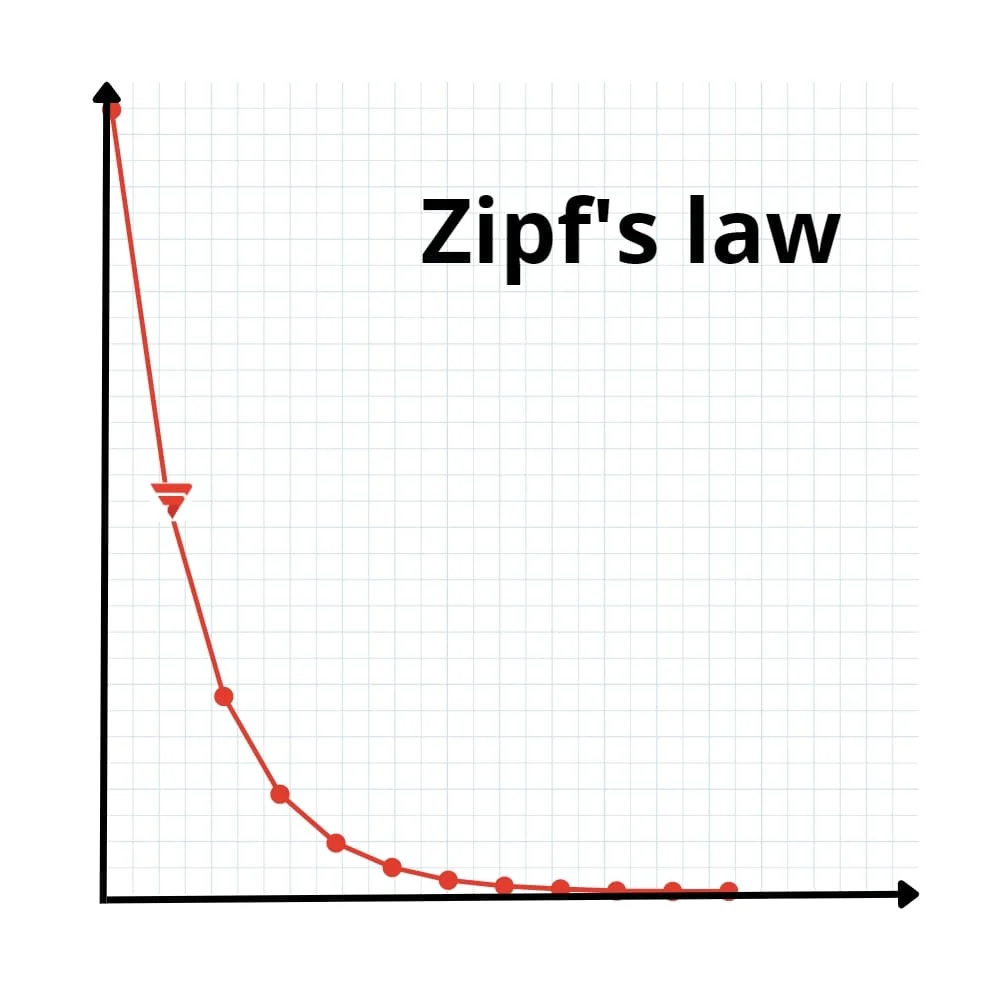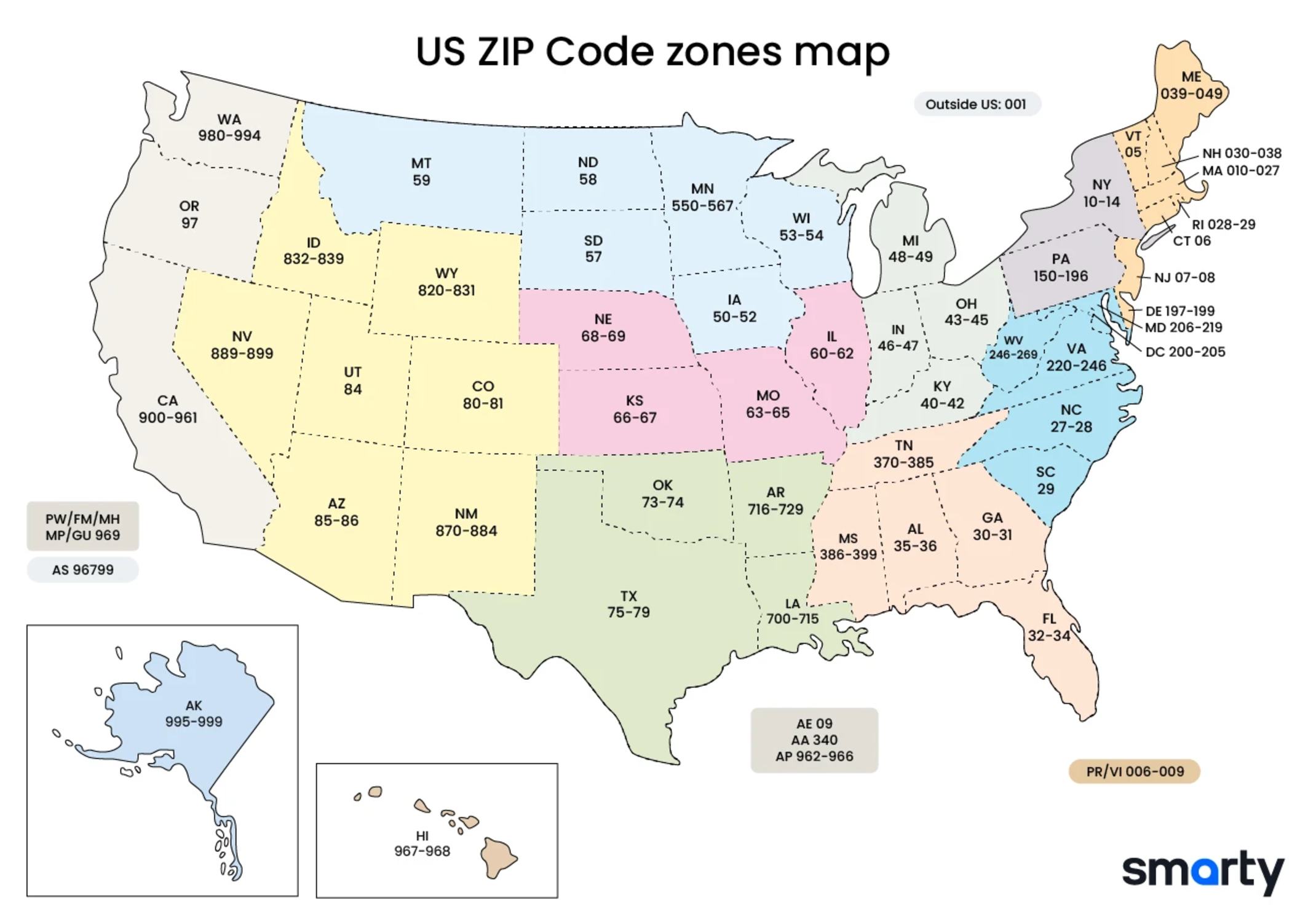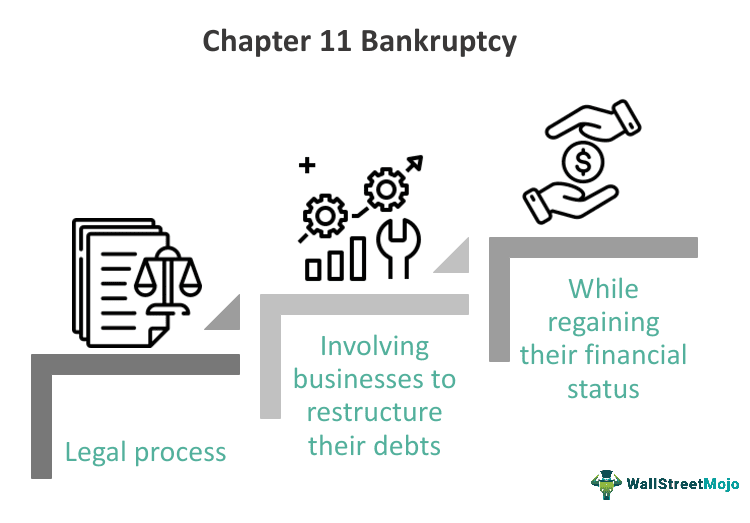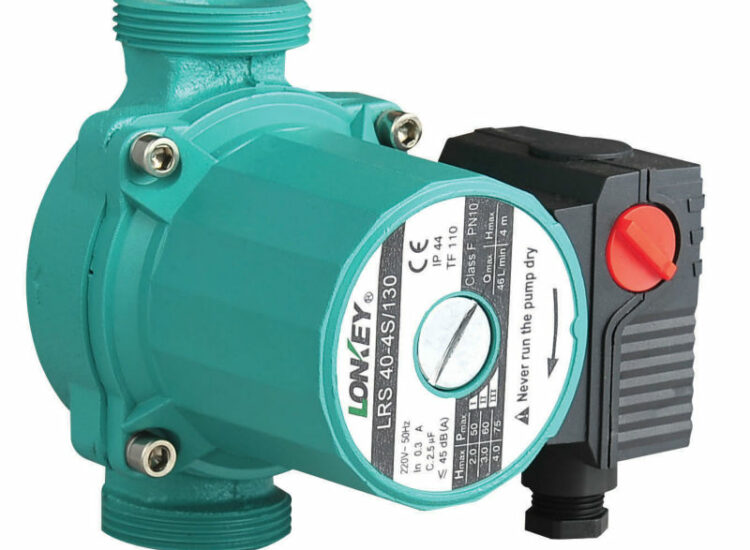In the intricate world of legal frameworks, rights, and obligations are often defined and limited by boundaries. From national borders and state lines to county limits and municipal districts, geography plays a fundamental role in determining which laws apply, which courts have authority, and what regulations individuals and businesses must follow. While you might search for terms like “ZIP Law,” implying a legal structure tied specifically to postal codes, it’s important to clarify that “ZIP Law” is not a recognized legal term or a distinct body of law in standard legal systems. ZIP codes are primarily administrative tools used for postal delivery and do not, in themselves, create or define legal jurisdictions or regulations. However, the interest in “ZIP Law” likely stems from a very real concern: how geographical areas, or zones, influence the laws that govern our lives and our businesses. Understanding how location shapes legal realities is crucial for compliance, planning, and navigating daily life. This comprehensive guide will explore the fundamental ways that geography intersects with the law, clarifying why “ZIP Law” isn’t the correct term while discussing the actual legal concepts that address location-based rules, such as jurisdiction, zoning laws, local ordinances, and geographically defined regulations that someone searching for “ZIP Law” might actually be interested in understanding.
Toc
- 1. Navigating the Intersection of Geography and Law: Understanding Location-Based Regulations (Beyond “ZIP Law“)
- 2. Zoning Law: A Prime Example of Location-Specific Legal Structures
- 3. Related articles 01:
- 4. Beyond Zoning: Other Ways Geography Shapes Legal Rights and Obligations
- 5. Related articles 02:

While the specific term “ZIP Law” doesn’t align with how legal systems are formally structured, the idea behind the search – that location profoundly impacts legal rights and responsibilities – is absolutely correct. Legal frameworks are inherently tied to geography, creating a complex patchwork of rules that vary from one area to the next. Understanding this geographical influence is essential for individuals and businesses alike.
Addressing the Term “ZIP Law“: Why Location Matters in Legal Frameworks
To be clear, there is no specific body of law known as “ZIP Law.” ZIP codes, developed by the U.S. Postal Service, are tools for efficient mail sorting and delivery. They are administrative boundaries for postal purposes and do not correspond to legal or governmental jurisdictions like cities, counties, states, or federal districts. Laws are created and enforced by governmental entities, and the authority of these entities is defined by their specific geographical jurisdiction, not by postal codes. Therefore, looking for “ZIP Law” as a distinct legal concept won’t yield results because it’s not how laws are organized.
However, the search for “ZIP Law” likely reflects a genuine recognition that where you are matters significantly in the eyes of the law. Laws and regulations vary dramatically based on location. What is legal in one state may be illegal in another. Rules that apply within a city might not apply just outside its limits in the county. Even within a single city or county, different rules can apply to specific areas or zones. This geographical variability is a cornerstone of most legal systems, particularly in federal or decentralized governmental structures where legislative and regulatory powers are distributed across different levels of government, each operating within defined geographical territories. The concept a user is likely searching for when typing “ZIP Law” is how geographical boundaries dictate the applicability and enforcement of laws and regulations – a concept better understood through terms like jurisdiction, zoning, and local ordinances.
The Concept of Jurisdiction: How Geographical Boundaries Define Legal Authority

A foundational concept in understanding how location impacts law is jurisdiction. Jurisdiction refers to the authority of a court or other governmental entity to hear and decide legal cases or enforce laws within a specific geographical area or over a particular type of legal matter. Geographical boundaries are fundamental to defining the limits of this authority.
Different levels of government exercise jurisdiction over different geographical areas. Federal courts and federal laws generally apply throughout the entire country, but even federal courts have geographical districts (e.g., the Southern District of New York) that determine where cases are filed and heard. State courts and state laws apply only within the borders of that specific state. Within a state, there are often multiple levels of courts (e.g., county courts, district courts) whose geographical jurisdiction is limited to specific counties or regions. Municipal courts and local ordinances apply only within the geographical limits of a specific city or town. This layered system of jurisdiction means that a legal issue arising in one location will be subject to the laws and courts specific to that geographical area. For instance, traffic laws, property laws, and criminal laws can vary significantly from one state to another, and even from one city to another within the same state. Understanding the relevant jurisdiction based on the geographical location of an event or legal issue is critical, far more so than any concept of “ZIP Law.” The principle is about governmental authority tied to territory, not postal districts.
Different Layers of Law: Federal, State, and Local Legal Systems
The legal landscape in many countries, like the United States, is characterized by different layers of law created by different levels of government, each operating within its defined geographical scope. This multi-layered system explains why laws vary so much depending on location, making any notion of a single “ZIP Law” irrelevant.
- Federal Law: Created by the national government (Congress and federal agencies) and interpreted by federal courts, federal law applies throughout the entire country. It covers areas granted to the federal government by the constitution, such as interstate commerce, immigration, federal taxation, and constitutional rights.
- State Law: Created by state legislatures and state agencies and interpreted by state courts, state law applies only within the geographical boundaries of that specific state. State laws cover a vast range of areas, including contracts, property rights, criminal law (most crimes are state crimes), family law, torts (personal injury), and state taxation. These laws can differ significantly from state to state.
- Local Law: Created by local governmental bodies such as city councils, county boards, or town governments, local laws (often called ordinances) apply only within the geographical boundaries of that specific municipality or county. Local laws cover matters such as zoning, building codes, local taxes, public health and safety regulations, noise ordinances, and local licensing requirements (like business licenses). These laws vary dramatically from one city or county to the next.
When a legal question arises, the applicable law is determined by which level of government has authority (jurisdiction) over the matter in the specific geographical location where the issue occurred or the property is located. For example, a business operating within a city must comply with federal tax law, state employment law, and local zoning ordinances – a combination of rules dictated by location, not by any mythical “ZIP Law.” Understanding this hierarchy and geographical division of legal authority is fundamental to navigating the legal system.
Zoning Law: A Prime Example of Location-Specific Legal Structures

While “ZIP Law” is not a valid legal term, the concept of regulating activities or property use based on geographical areas is very real and is best exemplified by Zoning Law. Zoning is a powerful tool used by local governments to control the development and use of land within their geographical jurisdiction. It directly connects legal regulations to specific geographical zones.
1. https://tamtho.com.vn/mmoga-defining-what-is-chapter-11-bankruptcies-the-path-to-reorganization/
2. https://tamtho.com.vn/mmoga-exploring-aws-cloud-computing-the-worlds-leading-cloud-platform/
4. https://tamtho.com.vn/mmoga-facing-overwhelming-debt-why-you-need-a-lawyer-for-bankruptcies/
What is Zoning Law? Regulating Land Use by Geographical Area
Zoning Law refers to the body of regulations enacted by local governments (cities, counties, towns) that divide geographical areas within their jurisdiction into different zones or districts and specify the types of activities and development that are permitted or prohibited within each zone. The purpose of Zoning Law is to manage growth, separate incompatible land uses (e.g., keeping industrial factories out of residential neighborhoods), protect property values, control population density, and ensure orderly community development.
Local zoning ordinances typically establish different types of zones, such as:
- Residential Zones: Primarily for housing, often with subcategories like single-family, multi-family, or high-density residential, each having specific rules about lot size, building height, and setbacks.
- Commercial Zones: For businesses, often categorized by type (e.g., retail, office, heavy commercial) with rules about building size, parking requirements, and signage.
- Industrial Zones: For manufacturing, warehousing, and industrial activities, typically located away from residential areas due to potential noise, traffic, or environmental impacts.
- Agricultural Zones: For farming and related activities.
- Mixed-Use Zones: Allowing a combination of residential, commercial, or other uses in a single area.
Each zone within the geographical area covered by the zoning ordinance has specific rules governing permitted land uses, building dimensions (e.g., height limits, floor area ratio), setback requirements (distance from property lines), parking requirements, and sometimes even architectural styles or landscaping. Violations of Zoning Law can result in fines, stop-work orders, and legal action by the local government. This intricate system of regulating land use based on defined geographical zones is a prime example of location-specific legal structures, illustrating the principles a user searching for “ZIP Law” might be trying to grasp.
How Zoning Regulations Impact Property Owners and Businesses
Zoning Law has direct and significant impacts on property owners and businesses operating within a zoned geographical area. For property owners, zoning determines how they can legally use their land. A property owner in a residential zone cannot legally build and operate a noisy factory, even if they own the land outright. Zoning regulations dictate what kind of structures can be built, how large they can be, and where they must be located on the property. These rules affect the value and potential use of real estate.
For businesses, Zoning Law dictates where they can legally operate based on the type of business. A retail store must be located in a commercial zone, and a manufacturing plant must be in an industrial zone. Zoning Law also imposes requirements related to building specifications, parking availability, and even hours of operation or noise levels, all tied to the specific geographical zone the business is located in. Expanding a business or changing its type of operation often requires checking and complying with local zoning ordinances and potentially obtaining permits or approvals.
Navigating Zoning Law is therefore a fundamental part of property ownership, real estate development, and establishing or expanding a business. Failure to comply with the zoning regulations specific to a geographical area can lead to legal penalties and the inability to use property or operate a business as intended. This highlights the critical importance of understanding location-based laws, a concept far more relevant than the nonexistent “ZIP Law.”

Working within the framework of Zoning Law often involves navigating specific processes managed by the local government’s planning or zoning department. Simply knowing the zone designation of a property isn’t always enough; compliance involves understanding the detailed regulations for that zone and obtaining necessary approvals.
A common part of complying with Zoning Law is obtaining permits. Businesses or property owners planning new construction, renovations, or changes in land use typically need to apply for zoning permits to ensure the proposed project complies with the regulations for that specific geographical zone. Building permits, which are required for construction, are often tied to initial zoning approval.
In some cases, a property owner or business may wish to use a property in a way that is not strictly permitted by the current zoning regulations for that area. In such situations, they might apply for a variance or a special use permit. A variance is a request to deviate slightly from the strict application of a zoning ordinance due to unique hardship or circumstances related to the property. A special use permit (or conditional use permit) allows a specific use that is not normally permitted in a zone but may be allowed under certain conditions (e.g., a church or school in a residential zone). Obtaining variances or special use permits involves an application process, often including public hearings, where the local zoning board or planning commission reviews the request.
Ensuring ongoing compliance with Zoning Law involves adhering to the regulations concerning property maintenance, signage, parking, noise levels, and the specific type of activity permitted in that zone. Failure to comply can lead to enforcement actions by the local government. Navigating permits, variances, and ongoing compliance is a key aspect of dealing with location-specific Zoning Law, providing concrete examples of how geographical areas are subject to distinct legal rules, a concept unrelated to “ZIP Law“.
Beyond Zoning: Other Ways Geography Shapes Legal Rights and Obligations
While Zoning Law is a clear illustration of location-specific legal structures, it is just one example. Numerous other areas of law impose regulations, grant rights, or establish obligations based on geographical boundaries, further underscoring the importance of location in the legal system and clarifying why a search for “ZIP Law” points towards broader concepts.
Local Ordinances and Municipal Law: Rules Specific to Cities and Counties
Local governments – cities, towns, villages, counties – have the authority to enact their own laws, known as ordinances or municipal law, within their defined geographical limits. These local laws cover a wide array of matters that affect daily life and business operations within that specific location.
2. https://tamtho.com.vn/mmoga-defining-what-is-chapter-11-bankruptcies-the-path-to-reorganization/
3. https://tamtho.com.vn/mmoga-understanding-the-landscape-what-are-the-3-types-of-bankruptcies/
4. https://tamtho.com.vn/mmoga-facing-overwhelming-debt-why-you-need-a-lawyer-for-bankruptcies/
Examples of local ordinances include:
- Public Health and Safety: Regulations regarding sanitation, waste disposal, food establishments, animal control, and noise levels.
- Business Regulations: Requirements for obtaining local business licenses, operating permits (e.g., for restaurants, taxis), and rules concerning signage and advertising.
- Traffic and Parking: Local speed limits, parking restrictions, and traffic flow regulations specific to city streets.
- Building Codes: While often based on national or state standards, local governments typically adopt and enforce specific building codes for construction and renovation within their geographical area.
- Nuisance Laws: Rules prohibiting activities that disturb neighbors, such as excessive noise, overgrown vegetation, or unkempt property.
These local ordinances vary significantly from one municipality or county to the next. A business operating in one city might need different licenses or adhere to different noise restrictions than a similar business just a few miles away in a neighboring town or an unincorporated county area. Understanding and complying with the local ordinances specific to the geographical location of your home or business is essential, demonstrating another key way that law is tied to place, distinct from any notion of “ZIP Law“.
Geographic Influence on Taxation and Specific Districts
Tax laws and obligations are also frequently defined by geographical boundaries, creating various tax districts that levy taxes and fees based on location.
For individuals, property taxes are a prime example of location-based taxation. The amount of property tax paid is determined by the assessed value of the property and the tax rates set by various local governmental entities whose geographical districts overlap the property’s location. These entities can include the county government, municipal government, school districts, fire districts, water districts, and other special service districts, each operating within specific geographical boundaries and levying their own portion of the property tax.
For businesses, local taxes can include property taxes on commercial real estate, local sales taxes (which vary by city and county), and sometimes local income taxes or business license taxes based on revenue or employee count within that geographical jurisdiction. Specific regulations regarding business permits, licenses, and fees are also inherently tied to the local geographical authority. Understanding the various tax districts and local tax laws that apply to a specific geographical location is critical for both personal and business financial planning, highlighting yet another area where law is tied to geography, not “ZIP Law“.
Understanding Location-Based Regulations for Business Operations and Services
Beyond general local laws and taxes, specific regulations governing certain types of business operations or the provision of services are often tied to geography.
For instance, environmental regulations can vary significantly depending on the geographical location of a business, particularly for industries that might impact local air quality, water resources, or soil. Federal environmental laws provide a baseline, but state and local governments often have their own, sometimes stricter, regulations that apply within their specific geographical jurisdictions.
Regulations for specific industries, such as licensing requirements for restaurants, bars, or healthcare facilities, are typically enforced by state or local authorities and tied to the geographical location of the establishment. Utility services, such as water, electricity, and waste disposal, are provided and regulated by specific companies or governmental districts (e.g., a municipal water department or a regional power authority) whose service areas are defined by geographical boundaries. Building codes and inspection processes, while often based on national models, are adopted and enforced by local governments specific to their geographical area.
These numerous examples illustrate that while the term “ZIP Law” is inaccurate, the reality of location-based regulations is pervasive across many aspects of law and business. From where you can build and what type of activity is permitted, to the licenses you need, the taxes you pay, and the specific rules you must follow, your geographical location is a fundamental determinant of your legal rights and obligations.
In conclusion, while a search for “ZIP Law” reveals that there is no specific body of law defined by postal codes, it correctly points towards the vital concept that geography is inextricably linked to the law. Legal rights, obligations, and governmental authority are defined by geographical boundaries such as states, counties, cities, and specific zones or districts. Understanding concepts like jurisdiction, Zoning Law, local ordinances, and geographically defined tax and regulatory districts is crucial for navigating the legal system effectively. These real location-based legal structures govern how we use land, operate businesses, pay taxes, and interact within our communities. Recognizing that legal rules vary significantly based on location, rather than by arbitrary postal codes, is the key to understanding the true intersection of geography and law, far beyond any notion of “ZIP Law.”
















